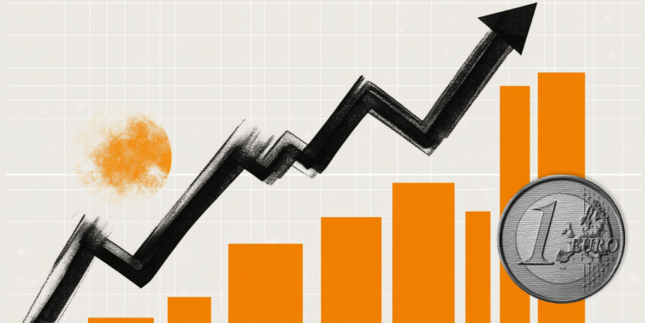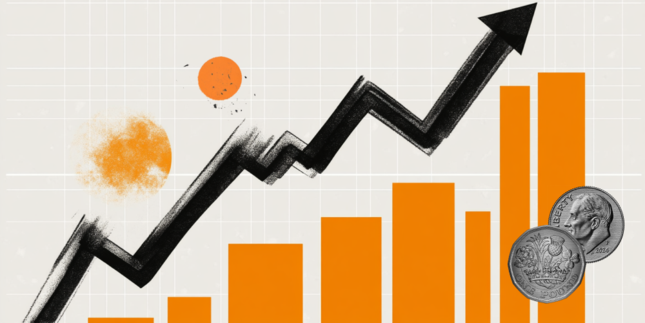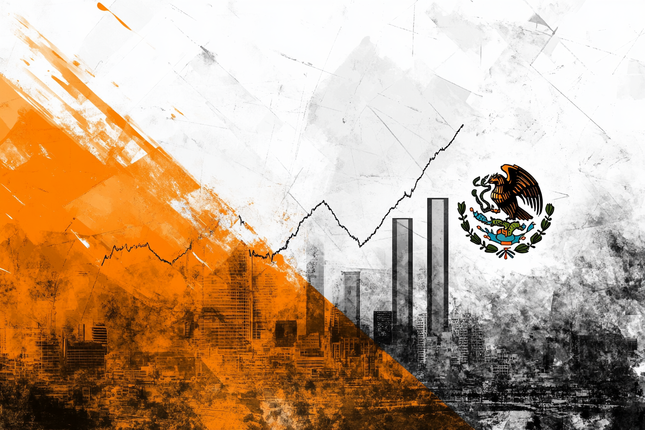WTI tumbles to near $71.00 as Trump says Putin agrees to start negotiations to end war in Ukraine
WTI attracts some sellers to around $71.10 in Thursday’s early Asian session.
Trump called Putin and Zelenskiy to discuss ending the war in Ukraine.
US crude oil stockpiles climbed by 4.07 million barrels last week, according to the EIA.
West Texas Intermediate (WTI), the US crude oil benchmark, is trading around $71.10 during the early Asian session on Thursday. The WTI price falls as US President Donald Trump called Russian President Vladimir Putin and Ukrainian President Volodymyr Zelenskiy to discuss ending the war in Ukraine.
Trump discussed the war in Ukraine in phone calls with Putin and Zelenskiy. Trump claimed he and Putin had agreed to have their respective teams start negotiations immediately, and they will begin by calling Zelenskiy to inform him of the conversation. "Trump doing peace talks, I think that has taken some of the risk premium out of oil prices right now," noted Phil Flynn, senior analyst with Price Futures Group.
US crude inventories continued to rise last week, which might cap the upside for the WTI. The US Energy Information Administration (EIA) weekly report showed crude oil stockpiles in the United States for the week ending February 7 climbed by 4.07 million barrels, compared to a rise of 8.664 million barrels in the previous week. The market consensus estimated that stocks would increase by 2.8 million barrels.
Hawkish remarks from Fed Chair Jerome Powell contribute to the WTI’s downside. Federal Reserve (Fed) Chair Jerome Powell said the recent inflation data showed that while the central bank has made substantial progress toward taming inflation, there is still more work to do. Powell said on Tuesday that the Fed is not rushing to cut interest rates further due to strength in the job market and solid economic growth.
"Oil prices resumed their downtrend as the macro environment weighed on sentiment, with Jerome Powell indicating that the U.S. Fed was not in a rush to lower rates," said Harry Tchilinguirian, head of research at Onyx Capital Group.
WTI Oil FAQs
WTI Oil is a type of Crude Oil sold on international markets. The WTI stands for West Texas Intermediate, one of three major types including Brent and Dubai Crude. WTI is also referred to as “light” and “sweet” because of its relatively low gravity and sulfur content respectively. It is considered a high quality Oil that is easily refined. It is sourced in the United States and distributed via the Cushing hub, which is considered “The Pipeline Crossroads of the World”. It is a benchmark for the Oil market and WTI price is frequently quoted in the media.
Like all assets, supply and demand are the key drivers of WTI Oil price. As such, global growth can be a driver of increased demand and vice versa for weak global growth. Political instability, wars, and sanctions can disrupt supply and impact prices. The decisions of OPEC, a group of major Oil-producing countries, is another key driver of price. The value of the US Dollar influences the price of WTI Crude Oil, since Oil is predominantly traded in US Dollars, thus a weaker US Dollar can make Oil more affordable and vice versa.
The weekly Oil inventory reports published by the American Petroleum Institute (API) and the Energy Information Agency (EIA) impact the price of WTI Oil. Changes in inventories reflect fluctuating supply and demand. If the data shows a drop in inventories it can indicate increased demand, pushing up Oil price. Higher inventories can reflect increased supply, pushing down prices. API’s report is published every Tuesday and EIA’s the day after. Their results are usually similar, falling within 1% of each other 75% of the time. The EIA data is considered more reliable, since it is a government agency.
OPEC (Organization of the Petroleum Exporting Countries) is a group of 12 Oil-producing nations who collectively decide production quotas for member countries at twice-yearly meetings. Their decisions often impact WTI Oil prices. When OPEC decides to lower quotas, it can tighten supply, pushing up Oil prices. When OPEC increases production, it has the opposite effect. OPEC+ refers to an expanded group that includes ten extra non-OPEC members, the most notable of which is Russia.
Forex News
Keep up with the financial markets, know what's happening and what is affecting the markets with our latest market updates. Analyze market movers, trends and build your trading strategies accordingly.






















